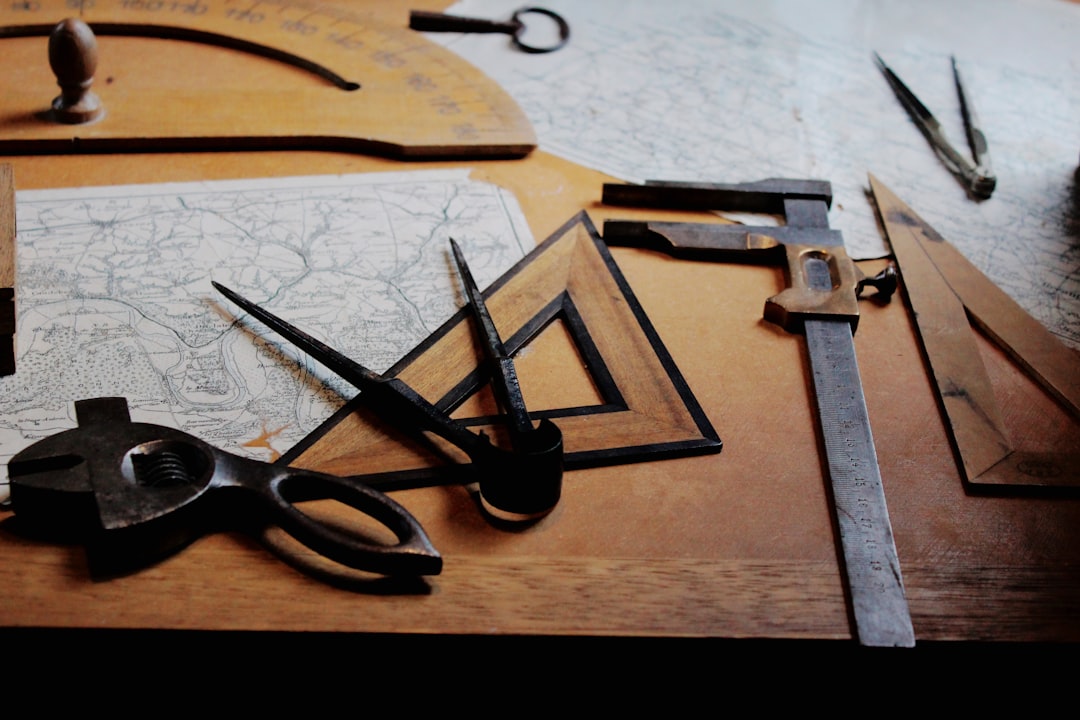The dysfunctional Leica
04/09/16 18:31
In an interesting article, Rolf Sachsse ( a German photographer, author and university teacher at Hochschule der Bildenden Künste Saar), points to a discrepancy between the way an object looks and the way it handles. Everybody is familiar with the fact that a BMW motorcycle stops working at a most embarrassing moment, that the Macbook crashes when it is most needed, an exclusive fountain pen starts to leak when the signature is required and a modern digital Leica stops working because of unexpected battery failure. The original Leica is admired because of its ergonomics and design, but in reality the change of a roll of film is cumbersome, the setting of the shutter time is difficult, the size of the body does not accept accessory attachments and the transportation is clumsy.
The least discussed aspect however is the tiny viewfinder. It worked only for photographers who were trained to concentrate their vision upon an area of less than one square inch, as with a rifle or a telescope sight. The Leica photographer had to focus very intensely on its subject and this is the main reason why Avant Garde photographers in the 1920s dropped looking through the viewfinder and also did abandon the rules of the central perspective that had to be followed when looking at the focusing screen of the large format camera. The freedom of expression that the Leica camera allowed was related to its dysfunctionality and not to its superior handling characteristics as universally claimed. This is an interesting viewpoint. The compact format and easy portability allowed the artist to take the camera everywhere and not looking through the viewfinder freed the artist from the canon of the central perspective, allowing him/her to follow new visions like the slanting lines and contrasting diagonals, for that time a really novel perspective.
This aspect of the dysfunctional elements of the Leica CRF camera is even relevant today. The Leica viewfinder with its small rangefinder spot in the centre does force the photographer to focus on a central element of the object, disregarding the composition. When you take a portrait, the natural mechanical focus will be on the eyes, but that is often not the ideal composition for the portrait.
It is not only the marketing imperative that forced Leica to adopt the autofocus in all recent products (S, SL, T and Q). It is also quite logical that many users/reviewers of current Leica products prefer to adopt the SL and T as their main camera. It makes life much easier and the score of successful photographs is higher than with the digital CRF models. The AF cameras, made by Leica are however mainstream models that follow the canon of today’s artistic guidelines. As with the original Leica, the current CRF camera has limitations that give the photographer the freedom to break out of the conventional rules. Here lies the significance of the CRF concept in the current photographic landscape. To work within its limitations demands much of the photographer’s ingenuity and to work beyond its limitations foster the visual creativity.
Leica’s decision to focus on professionalism as the main theme for this year’s Photokina (2016) is logical and a bit desperate. The world of photography is clearly segmenting into two parts: the smartphone users and the professionals, defined as expert photographers who earn their living by accepting orders from clients. The Leica M camera has always occupied a part of both areas. It was and is the preferred camera by well-heeded amateurs who record their personal memories with a very expensive cult-product. It was (and for a few it still is) the preferred tool for photo-journalists who valued the reliability, the quality and the inconspicuousness of the camera. More and more however the amateurs dominate and the demography indicates that they are a shrinking lot. Recent reports indicate that the slr will be reduced to a niche (professional) status and the mirrorless camera will be the main system in the photography world, dominated by smartphone imaging, which is basically very cheap. So the world of photography becomes this: a cheap and easy way of photographing with a smartphone and a world of commissioned photography that is expensive and where the high cost of equipment can be tax deductible.
The Leica S-system failed to impress the professional market and the SL is a second attempt to break into this market. Leica has to make sure that the high price of their products can be justified. The luxury argument is one option (see the T, Q) and the professional option is the other (S and SL).
What is neglected in this strategy is the historical role of the rangefinder camera. The success of the Leica CRF has been based on the use by scientists and innovative artists and amateurs. These are the groups that the Leica management is now neglecting, swimming with the mainstream.
This are really interesting times, when the new Hasselblad at the high end and the Olympus Pen F at the other end are closing in on the traditional niche that Leica has occupied for decades.

